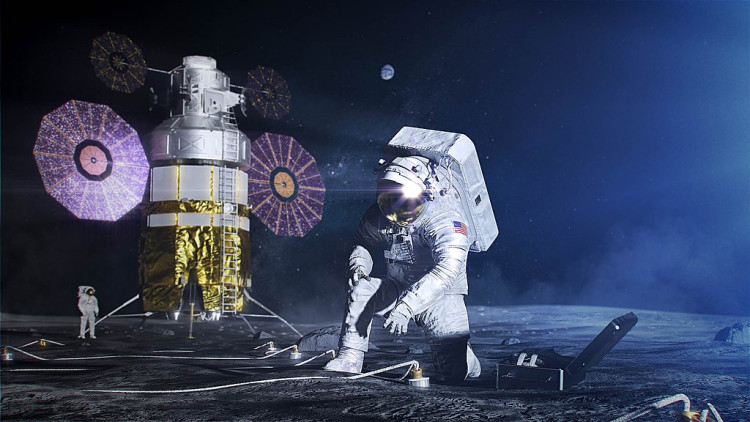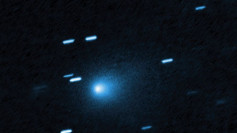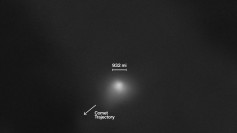According to a report published Thursday in the journal Communications Biology, scientists at the University of Florida grew plants in dirt recovered from the moon in a NASA-funded study.
NASA Administrator Bill Nelson stated in a news release that the study is critical to the agency's long-term ambitions in human space exploration. He said that the study could have consequences for plants flourishing in hostile environments on Earth.
The seeds of Arabidopsis thaliana - a plant related to mustard greens as well as other cruciferous crops like broccoli and cauliflower - were planted in lunar soil that was collected directly from the moon during missions Apollo 11, 12 and 17.
"We'll need to use resources found on the Moon and Mars to develop food sources for future astronauts living and operating in deep space," Nelson said.
The seeds germinated and grew, but they did not exactly thrive.
"Lunar soils don't have a lot of the nutrients that are needed to support plant growth," Stephen Elardo from the University of Florida said in a press conference.
Elardo, Anna-Lisa Paul, and Robert Ferl are co-authors of a study detailing the research that was published in the journal Communications Biology.
While the plants grew in a strained manner, they still managed to find a way to survive with a little help from the crew who provided them with light, water, and nutrients.
Regolith plants had slowed development, stunted roots and leaves, and some red spots by the end of their first week. The greens were stressed, according to later genetic analysis.
Don't be deceived by the fine grained and powdery appearance of lunar regolith; those grains are also sharply edged. Breathing in moon dust can harm your lungs, and it's also not friendly to plant life.
After 20 days, the researchers harvested the plants and prepared to study the plant RNA. According to the announcement, the expressed gene patterns matched how Arabidopsis had previously responded to stress in other harsh settings, such as when soil contains high salt or heavy metals.
"Now that we have lunar soil that has been in contact with biology, we can begin to ask the question: how would you and how hard would it be to mitigate any of the adverse reactions that we saw?" Robert Ferl, assistant vice president for research at the University of Florida and an author of the study, said.
Growing plants on the moon, according to Ferl, is important to a long-term stay on the moon since it helps offer astronauts and other visitors not just food but also clean air and water.






